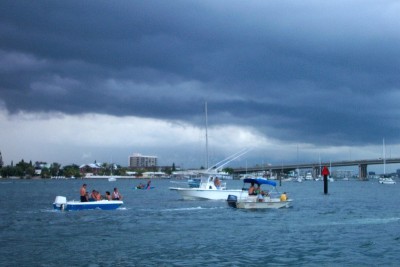 |
|
|
Home | Boating | Fishing | Diving | Water Sports | Boating Safety | Environment | Weather | Photo Blog | Add Your Company to the Directory |
| You Are Here > Home > Marine Weather > Coastal Waters Forecasts |
 Florida
Coastal Waters Forecasts Florida
Coastal Waters ForecastsCoastal Waters from Fernandina Beach to St. Augustine Coastal Waters from St Augustine to Flagler Beach Coastal Waters from Flagler Beach to Volusia.Brevard County Line Coastal Waters from Sebastian Inlet to Jupiter Inlet Coast Waters from Jupiter Inlet to Deerfield Beach Coastal Waters from Deerfield Beach to Ocean Reef Biscayne Bay Florida Keys Coastal Waters from East Cape Sable to Chokoloskee Gulf Waters from Chokoloskee to Bonita Beach Gulf Waters from Bonita Beach to the mouth of the Suwanee River Gulf Waters from Suwanee River to Tarpon Springs Gulf Waters from Bonita Beach to Englewood Coastal Waters from Suwannee River to Apalachicola Coastal Waters from Apalachicola to Destin If You Are Caught In A Thunderstorm
Once The Storm Hits
|
 Beaufort Scale of Wind Force Developed by Admiral Sir Frances Beaufort in 1805 to determine the effects of wind on water. Force 0: Calm. Winds less than 1 mph.
|
|
Privacy Policy |
Advanced
Search |
Photo Gallery
|
Add Your
Company To The Directory
|
Contact Us
|
Advertise |
